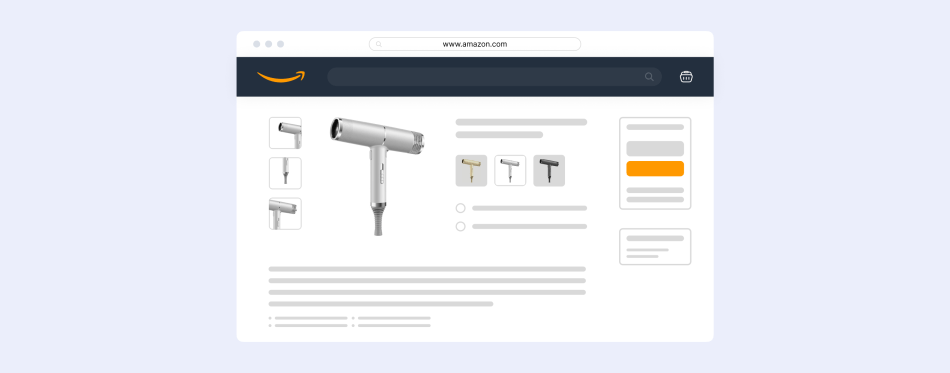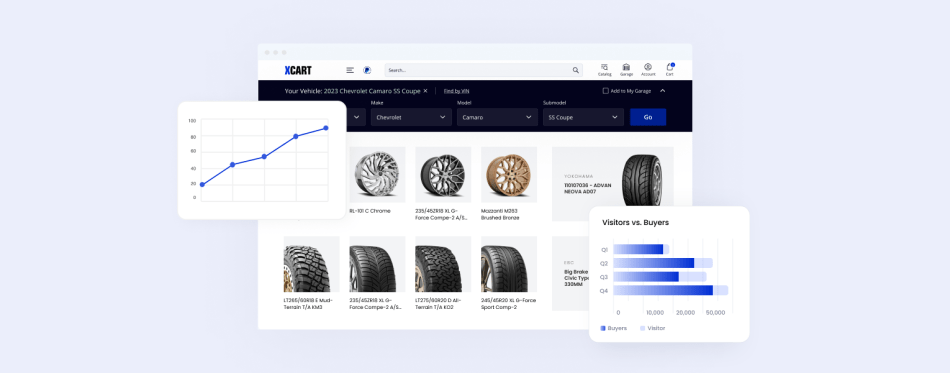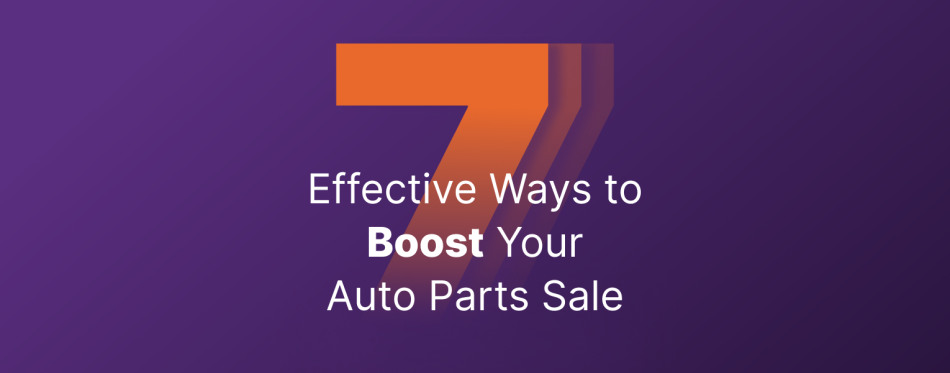Getting Started With Podcasting [Beginner’s Guide]
This blog post was originally contributed by Piper Thomson, a Content Marketing Associate at G2.
With over 73 million monthly podcast users in the US as of 2018, it’s imperative to develop an auditory arm of your content strategy.
However, with this incredible rise in podcast engagement, so to have an explosion of competing shows emerged to take advantage of this ripe opportunity to generate buzz around their brand, product, or service. Because of this, the need for strategic, quality content is more important than ever. Even the casual hobbyist may be resigned to the wastebasket of the podcast directory should they fail to heed the newly evident guidelines of this medium.
Building your show around a particular niche is one of the most crucial elements for creating a successful podcast. In this step by step guide, we’ll cover everything you need to know to get started with creating your own shows; from the basics of podcasting as a medium to how best to form that core bond of trust that will make you an indispensable part of your listener’s weekly content menu.
I. How to Create a Podcast
There are a few ways to get started with the nuts and bolts of podcasting. Despite this, it’s first necessary to delve into the background of this medium in order to ensure the hard work you put into creating your show doesn’t go to waste.
What is a podcast?
At its core, podcasting is an on-demand form of audio-based content that automatically delivers in-depth content to its listeners on a weekly basis for them to consume at their leisure. In many ways, it’s like the internet’s form of talk radio with a few key differences:
- Podcasts are ‘timeshifted’ meaning that released episodes are always available to listen to, not just during designated live sections
- Podcasts focus on specific niches: unlike talk radio that has to focus on as wide of topics as possible to gain traction during their airtime, podcasts can take a slower, bottom-up approach to building an audience
- Podcasts are delivered to their listeners on a subscription model; fans of a particular show have audio files automatically delivered to their devices without having to go out of their way to seek out new episodes
The technology of podcasting uses RSS feeds (real simple syndication) to encode episodes for easy delivery to any device with an application able to receive the signal. These programs, generally referred to as “podcatchers” can range from an app on your phone to remote websites that continuously check for updates to the RSS file feed and change the content it displays to the user accordingly. This feed is what platforms like iTunes and Spotify use to fill their content libraries.
II. Why Should You Get Started With Podcasting?
There are numerous benefits to getting started with podcasting. For individual hobbyists, it can be a great creative outlet or way to establish yourself as an independent content creator. If you’re looking into podcasting as a part of a larger business initiative, it can serve to be a powerful supplement to the typical blog post format or email marketing push that makes up many content marketing campaigns.
The reason for this is simple: podcasts are everywhere. Even if you’ve never personally listened to a single episode, chances are someone you know has. The powerful combination of time-shifted content coupled with podcasts’ ability to target specific, niche interests and communities allows for consumption to be fundamentally consumer-centric.
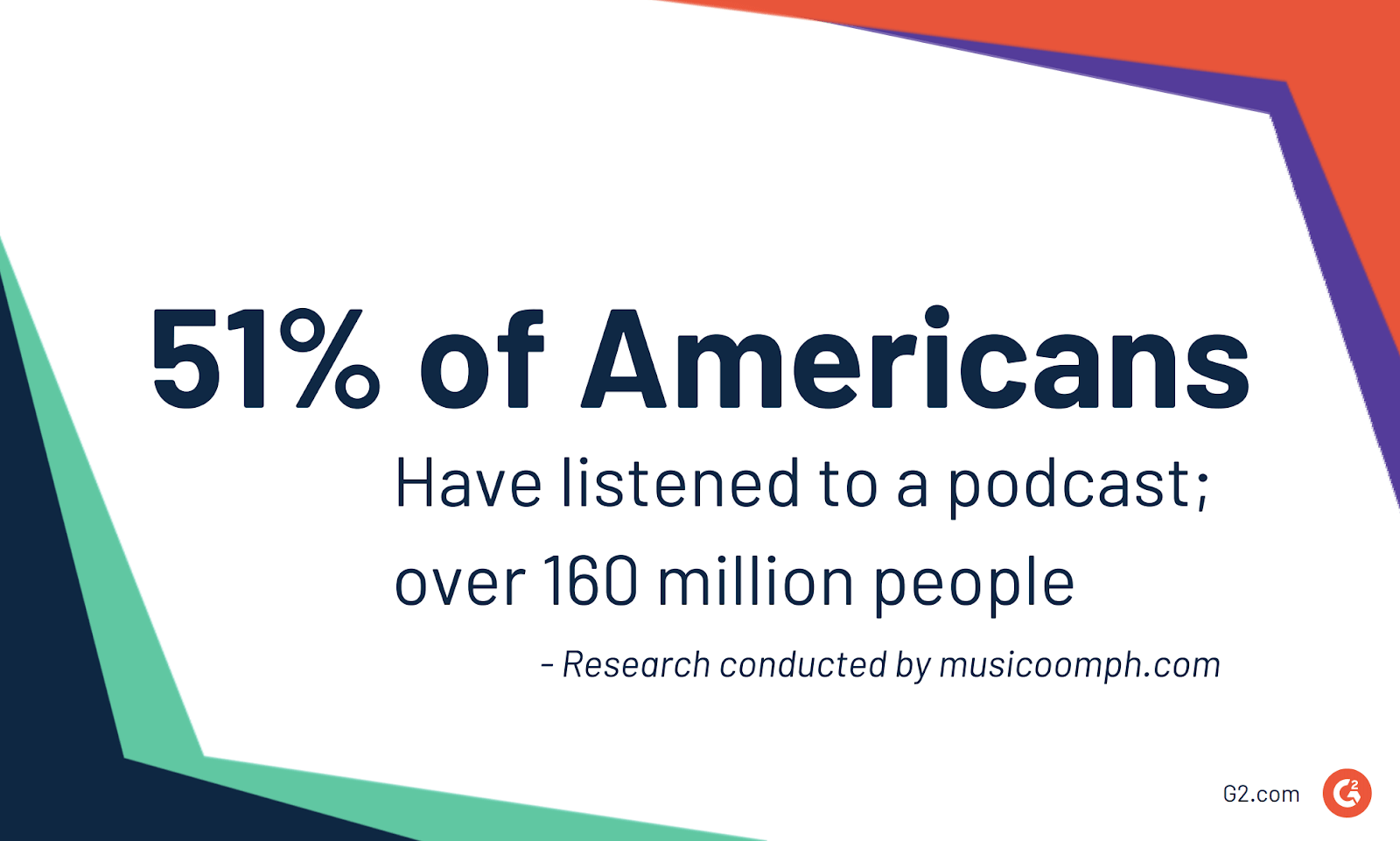
In addition, this affords a far deeper engagement with consumers than something like radio, television, or traditional advertising methods. In this way, it’s similar to blog content in that it inspires longer sessions than more topical content, but the auditory, on the go nature of podcasts requires fewer investments of effort than consuming blog content.
As any seasoned marketer can tell, the opportunities for building an audience and establishing your brand and employees as thought leaders in a given space is second to none.
III. What Makes a Good Podcast?
While a great deal of luck goes into determining which shows become the next breakout hit, there are a few things you can do to ensure your podcast can grow at a steady rate and set yourself up for success when the time comes.
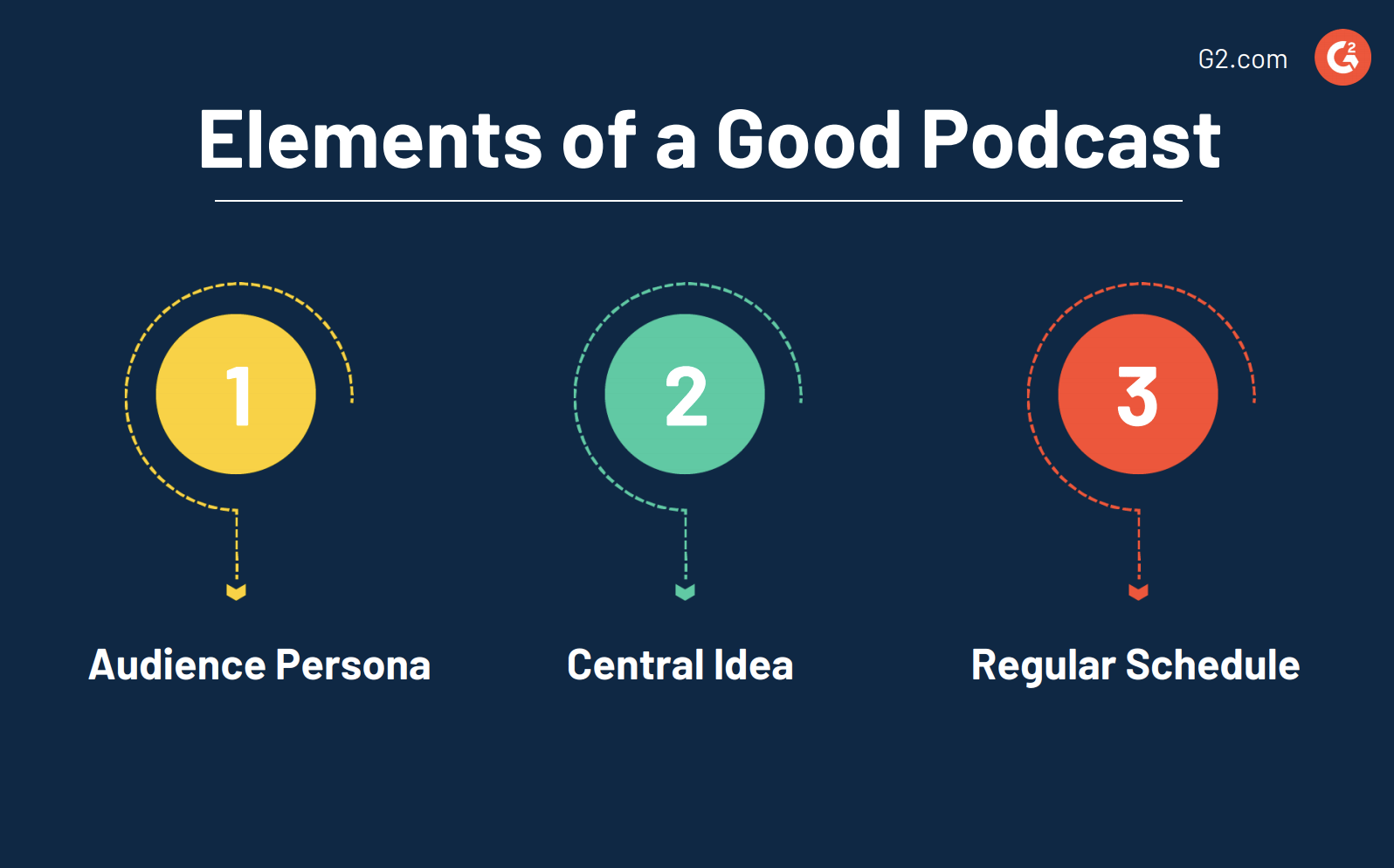
1. Identify your audience
In order to create a good podcast, the first thing you need to do is coalesce your show around the backbone of a good idea that speaks to the exact demographics you’re interested in targeting.
A savvy content marketer can easily use podcasts to help establish themselves in event the most specific and esoteric niches. However, this goes beyond simply using buzzwords and jargon. In order to truly target an audience and actually empathize with them, you need to develop a robust understanding of what that audience is actively seeking in their content. More specifically, you need to look for the shared knowledge that unifies the community to which you are speaking, what problems they face, and the needs they are looking to have fulfilled. For example, if you’re speaking to new business owners, a topic like eCommerce 101 is going to be far more useful to them than it would be to seasoned online commercial gurus.
This process is a vital step to creating good content for any medium, though the ability of podcasts to target a niche at such a granular level makes this doubly important.
2. Build your show around a central idea
Now that you know the ins and outs of who your show is engaging with, you need to figure out precisely what you want to convey. This should be something that you can legitimately say with some authority. Good content creators need to be able to learn on the fly and adapt their knowledge to the topic at hand; if you’re speaking to the earlier example of veteran eCommerce users, it’s going to be more useful to give them high-level insights than trying to get too into the weeds about how they should run their particular operation.
Beyond this, you want to make sure that the message you are delivering is something that you as a podcast host are consistently engaging with. Ever for independent creators and hobbyists, it’s crucial to ensure that you fulfill the implicit promise of your show to actually talk about what you say you will. SMART goals can help you strategize what you want listeners to get out of your show.
3. Be regular about your schedule
Another element in the creation of a good podcast is the consistent release of new content. This doesn’t mean that you have to pump out shows faster than you can manage, rather, the truly important thing is that your growing audience can form expectations about when your new content will be released. This will allow them to more easily work your show into their already busy lives and schedules, to the point where consuming your content will become easy and habitual.
Regardless of what episode number your on, the consistency you bring from episode one will go a long way towards building trust as a content creator. Your project management tool can help you plan your episodes and keep track of your progress for future planning.
4. Structure your show
The final part of this list is no less important than any of the others: structuring your show into clearly delineated segments will help you convey information to the listener in an organized fashion that will help keep them engaged and make fulfilling your promise as a “thought-leader” that much easier.
An example of this is being purposeful about the intros and outros you use to bookend your episodes. These will set the tone of your show, and highlight the important elements of your content in broad strokes to your listeners. This structure is obviously helpful for new listeners in that it gives them a sense of how relevant the show is to their interests, but it’s also an important aspect of a show for returning listeners to reduce the effort required for them to access the meat of your content and give them a sense of continuity.
IV. Podcast Equipment
Podcast equipment should, first and foremost, be about one thing: sound quality.
While you can easily record episodes on your iPhone’s built-in speaker, doing so will be glaringly obvious the minute someone hit’s ‘play.’ In order to achieve a crisp, high-quality listening experience, you do need to invest some money into the hardware you’re using. Luckily, you can be rather strategic about it so as not to break the bank.
Microphone
In many ways, the microphone is the centerpiece for your podcasting studio, regardless of the situation. The microphone you choose is the first line of defense for the listening experience of your audience.
There are several microphones you can choose from, and this choice isn’t just for fancy additions. Different microphones work much better for different recording environments than others.
A condenser microphone will generally provide the highest sound quality but can be very expensive and their sensitivity will make it difficult to neutralize ambient sounds that could make editing your show extremely difficult or potentially ruin the file altogether.
On the other hand, a dynamic microphone might not be as high-quality as their condenser cousins but offers far more flexibility in terms of setup, handling, price, and recording location. These generally don’t require the extra hardware that you need to make a condenser mic work well and can function just fine as a simple USB microphone.
Pop filter
The pop filter is probably the easiest and cheapest way to ensure the quality of your audio is what it needs to be. This simple bit of mesh and plastic clips over your microphone and prevents the small bursts of air that are released when you articulate a ‘p’ sound from marring the quality of your episode. Cheap to buy and very simple to use.
Boom arm
The boom arm is less of a crucial element than the microphone or pop filter, but can save you a lot of headaches down the line should you choose to invest in one. Essentially, it is a multi-jointed device that suspends your microphone, allowing for it to be easily adjusted during recording as well as reducing the impact that passing vibrations might have on the quality of your audio.
V. Main Steps for Your First Podcast
Finally, the moment of truth. Now that you’ve plotted out what you want to talk about on your show, strategize the best approach to reach your target audience, and learned about podcast equipment, it’s time to actually record an episode.
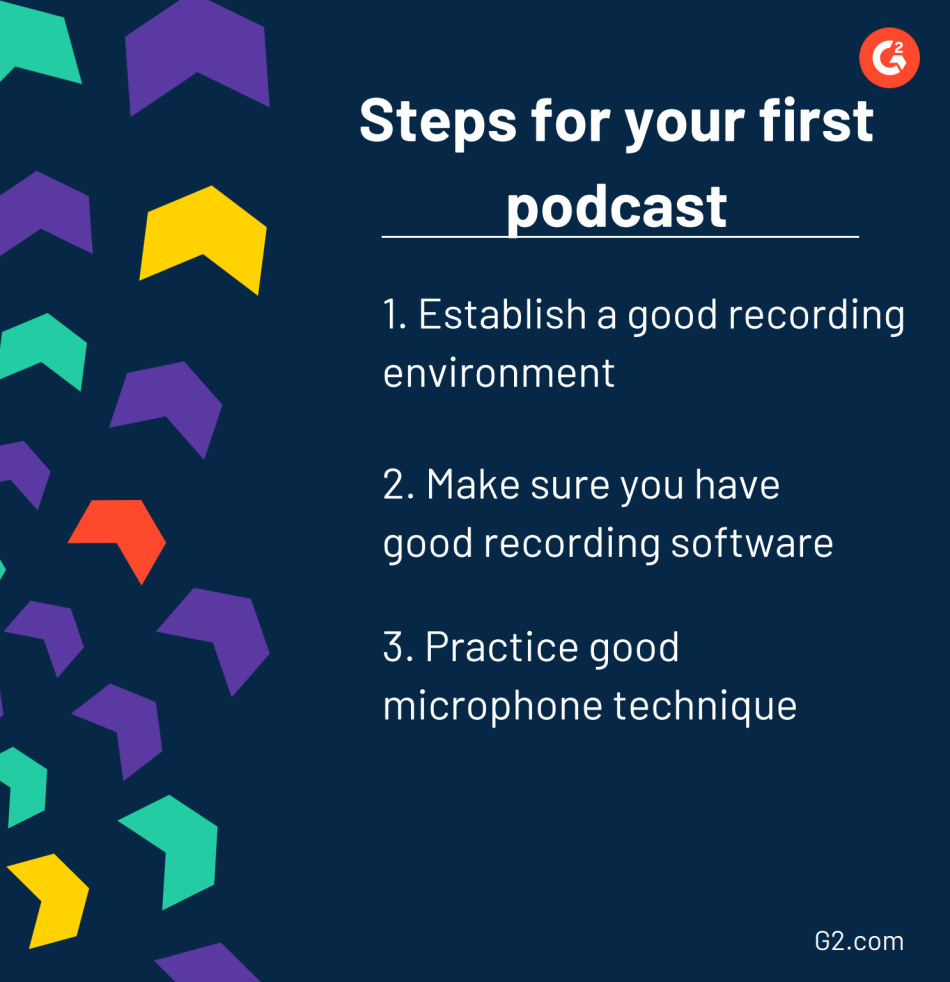
Establish a good recording environment
You don’t need a professional studio to make a good-sounding show. Oftentimes, a little know-how can turn almost any room into a good space for making your first episode.
The first thing you want to consider when selecting a space to record your episode is the size of the room. Larger spaces will cause the sound to bounce around and create a lot of feedback. It’s much better to find smaller spaces that you can fill with sound-absorbing material such as carpets that will help absorb the excess noise and generate the mellow tone so commonly associated with recording studios.
Also, make sure that sources of ambient noises such as air-conditioners and passing people and traffic don’t cause undue distraction. You can find the perfect room, but if it’s right next to the train tracks, it’s going to undo all your hard work and preparation.
Make sure you have a good piece of recording software
The world runs on software. This holds equally true for podcasters. Making the wrong choice on how best to record, store, and edit your episode can be more than just headaches down the line. It can ruin an entire podcasting venture before it gets off the ground! Audio editing software generally comes equipped with all the capabilities you need, however, it’s prudent to spend some time evaluating which solution will be the best fit for your circumstance.
Practice good microphone technique
The final piece of the puzzle that you need to be aware of is how to actually use your microphone. Believe it or not, more goes into this than simply plugging it in and starting to talk.
There are two factors that play into your sound quality when using your microphone: distance and elevation. Distance controls how the volume of your voice and elevation affects the pitch. While these can both be edited in post-production, you can save yourself the hassle by making sure you get this right.
In order to get the best distance from your microphone, hold your fist between your mouth and the microphone and try to keep that distance the same throughout recording. For elevation, make sure it’s at the same level as your mouth. Too high, and your voice will sound high-pitched and nasally. Too low and it will sound deep and bassy. This might seem self-intuitive, but it’s an important detail to take note of while getting ready to record your first show.
VI. Promoting Your Podcast
Once your podcast has been recorded and edited, there comes the small matter of getting your show into the hands of your prospective audience. After all, even with a well-produced, strategic show, failure to get it in front of the right people will result in depressingly low views and engagement.
There are a few strategies to help build hype around your show:
Source reviews
With so many different bits of content vying for our attention, social proof has become a powerful tool for people trying to figure out if a new show is worth their time.
Getting people to write reviews can quickly propel your show to the top of the new podcast charts on big platforms such as iTunes or Spotify and aid in the decision making process of potential listeners. Even just having a few reviews will give your show a world’s better chance of being listened to when someone’s looking for that ever-important data point to help make a decision.
Start with a backlog of unreleased episodes
By far the best way to garner some organic interest in your show is to give new fans something quickly to help keep their appetite up. Recording a few shows before the official “release” of your podcast is a common trick for many content creators; it keeps you top of mind in your listener’s feed while immediately delivering them a ton of value. Once you’ve garnered the initial “bump” from this tactic, it’s very easy to shift gears to a slightly more relaxed schedule.
Focus on social media
Even with the various changes shaping the internet today, one thing seems destined to remain: the importance of social media. Making savvy use of different platforms such as Twitter or Facebook can propel an otherwise obscure podcast into the right feeds and timelines to help cultivate a following before you ever release an episode.
One easy method you can employ is to create simple graphics and release it on several different websites using a social media suite. Make sure you vary the platforms you’re using and understand the different demographics of each platform and how they relate to your target audience.
Cast your net
Podcasting offers unprecedented opportunities in our interconnected age of global information. Whether it is part of a larger content marketing initiative or the corner piece of your personal brand as you launch a career as an independent content creator, the intimacy and reach of podcasts can project your thought leadership farther and more efficiently than it has ever been able to travel before. Once you’ve decided exactly what you want to talk about, who your target audience is, and asked for feedback on your ideas, you’re ready to start recording!
Chapters
About the author



